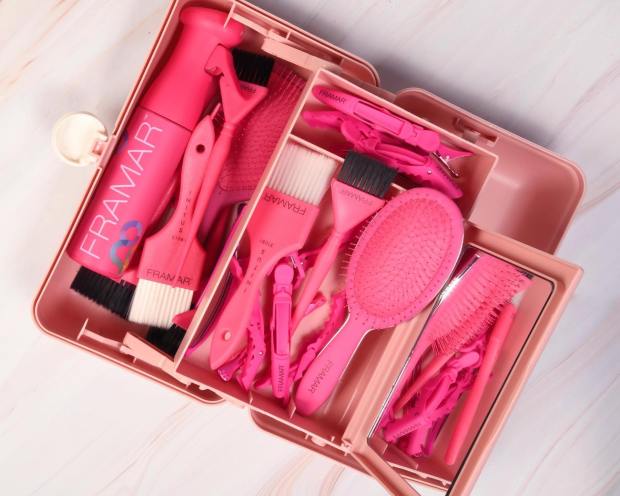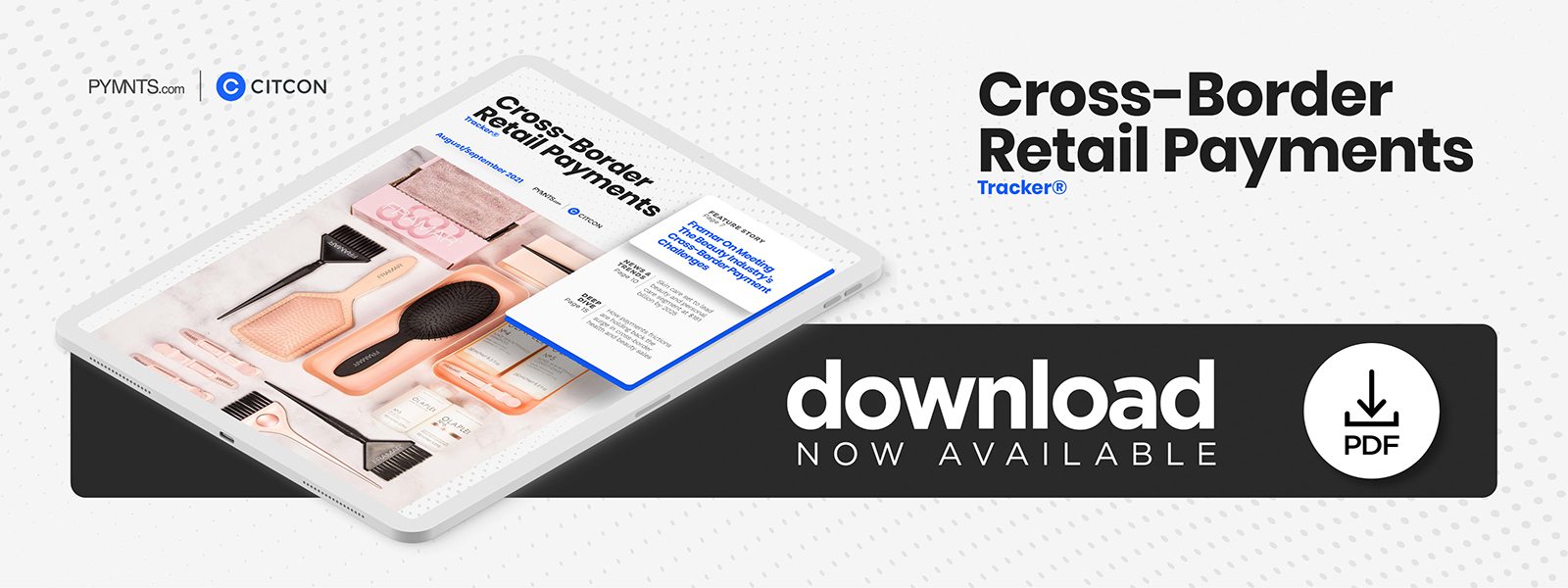Framar on Meeting the Beauty Industry’s Cross-Border Payments Challenges

Keeping enough of the right shade of lipstick in stock is nothing compared to supporting the customer payments preferences when shopping cross-border. In The Cross-Border Retail Payments Tracker, beauty eTailer Framar’s Vice President of Sales and Product Development Giovanni Gallo says that accepting digital wallets offers a localized payment experience that converts international shoppers.
The health and beauty segment saw a tumultuous 2020, as health concerns slowed barbershop and salon traffic to a crawl and forced many to close temporarily or shut down completely due to lack of business. Suppliers of these beauty establishments also took a hit, as demand for their products slipped and consumers preferred consumer-grade haircare products rather than those offered to professional stylists.
These pandemic-related challenges piled on top of the existing challenges that cross-border beauty suppliers endure. One international beauty supply retailer with a great deal of experience in the international sales field is Ontario-based eTailer Framar, which sells products to beauty salons all over the world and is well-acquainted with cross-border commerce challenges.
“If you did things like trade shows or pop-up shops and you have to do cross-border payments — say you’re from Toronto and you have to go to Dallas to do a trade show — good luck, because it just didn’t work,” said Framar’s Vice President of Sales and Product Development Giovanni Gallo. “That kind of software, up until about three years ago, did not exist.”
Gallo recently spoke to PYMNTS about the challenges cross-border merchants face in the beauty industry, and why modern software has reduced these obstacles to little more than a memory.
Challenges Facing the Beauty Industry
Cross-border payments are fraught with complications, including contradictory regulations, fraud prevention checks and slow transaction times. Gallo noted that there is another challenge that is often underreported, however.
“The biggest issue is, when you’re a Canadian company and people are buying from you from the U.S., a lot of them [see] their credit cards ding them for extra fees,” he said. “The customer doesn’t understand that it’s their credit card charging them, and they’ll come to us and say, ‘Hey, I want my four dollars back’ — but it’s the credit card charging them instead of us.”
Another obstacle in the cross-border payments space is dealing with different currencies and conversions. Domestic transactions typically are quick and seamless, but exchange rates, conversion fees and other additional steps quickly complicate the purchase process.
“If they’re using the same currency, there really shouldn’t be too many issues, but if you’re using multiple currencies, then it becomes a different conversation altogether,” Gallo said. “Say I’m based in Canada, with my website in Canadian currencies, and I [am] asked to cross over into American currency. There [are] conversion fees, there’s the exchange rate, and it becomes a mess.”
Bowing out of international transactions and sticking to domestic ones could cut off huge revenue streams, so the only option is to smooth cross-border payment obstacles. Framar found that the best way to ensure a smooth purchasing experience is to trust the experts.
Streamlining Cross-Border Payments
Picking the right partnerships is key to providing seamless, friction-free cross-border payment experiences, said Gallo — both for a given organization’s employees as well as its customers. Framar, for its part, picked the Shopify solution to handle most of its payments processes.
“I would say that 99.7% [of our transactions are] pretty seamless and stress-free,” Gallo said. “There are still one or two a week that are confused as to why they got these extra charges, and we’ll respond to them. Not a single one has ever come back and said, ‘No, this is your charge.’ It always goes back to the credit card, and the credit card fixes it.”
One of the key features the company looked for in its payments provider was that it offered multiple payment options, Gallo said, as different consumers prefer different methods, and they could potentially pick a competitor if their favored method was absent. Digital wallets, in particular, are a must-have.
“If you don’t have Google Pay or Apple Pay or another option like that, you probably lose some sales,” he said. “If you have an online business, you’ve got to have many different options of payment.”
Ensuring a hassle-free and diverse cross-border payment experience will be critical in the years to come, as online shopping grows in popularity and consumers grow more willing to shop across borders to purchase the products they desire. Those businesses without these options likely will be left behind.

